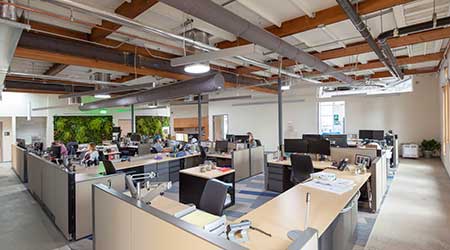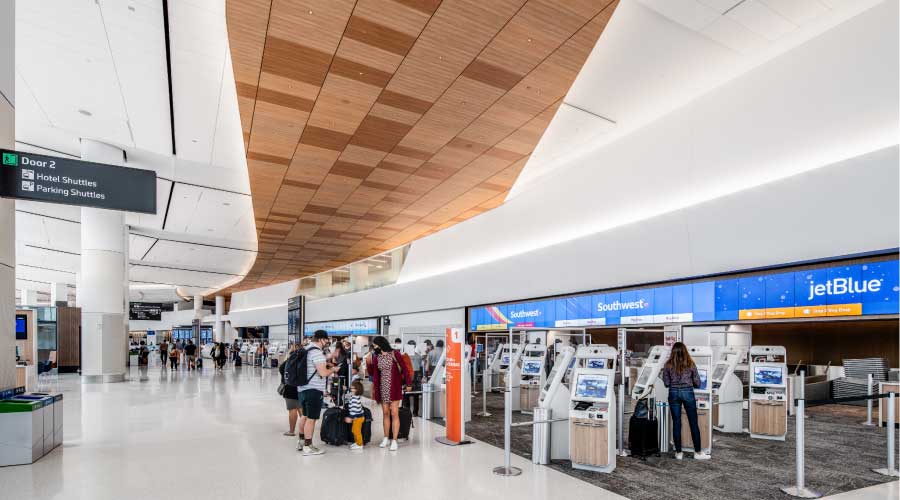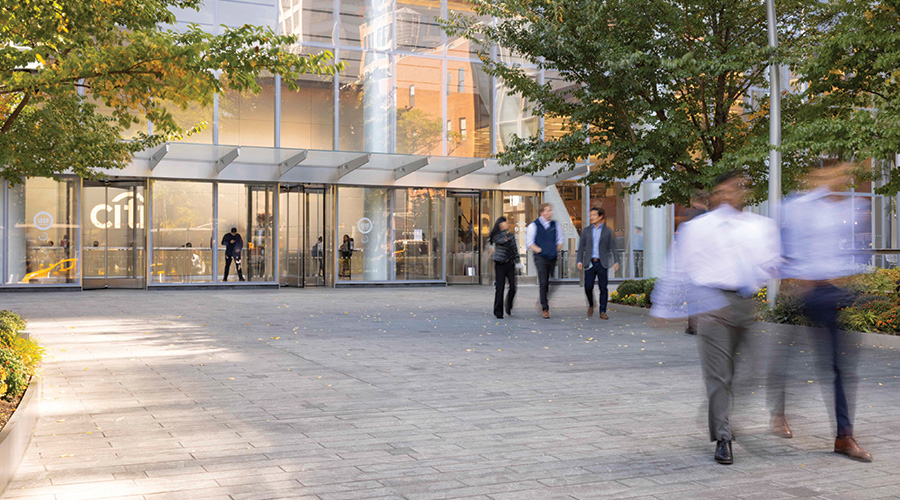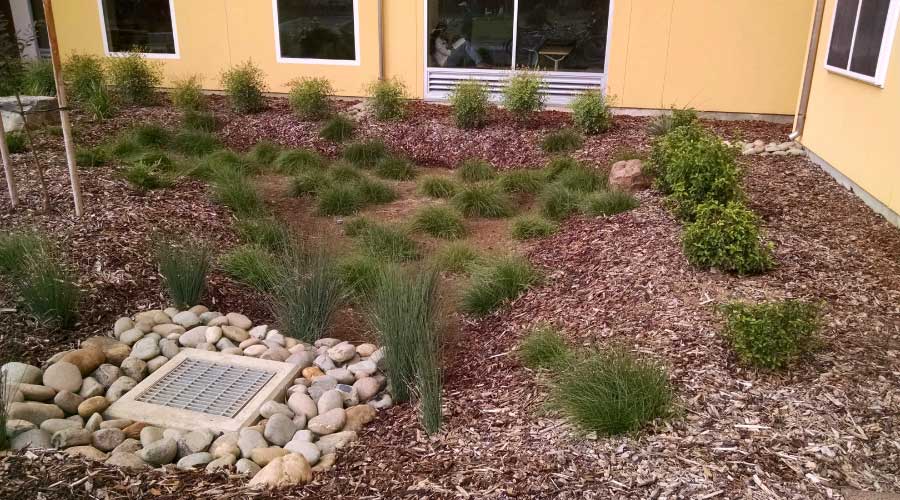 Architectural Nexus
Architectural NexusWellness: Enhancing the True ROI of Buildings
The WELL Building Standard is gaining market traction as more studies show its sound business case: Increased occupant productivity and satisfaction.
The WELL Building Standard is at the heart of a movement to advance buildings that help people work, live, perform, and feel their best. Thanks to LEED, the planet is somewhat better off and building owners have achieved a marginal reduction in operating costs over the past 20 years, but little attention has been given to the health and wellbeing of the building occupants.
That’s changing rapidly, and savvy developers and owners are now considering the long-term benefits they offer their tenants and employees. The emphasis has expanded from planetary health to human-scale health, with worker productivity as the new ROI.
The often-cited 3:30:300 formula says that it costs $3 per square foot per year to operate a building, $30 per square foot per year to lease a building and $300 per square foot per year to staff a building. It’s easy to see that increasing worker effectiveness improves the bottom line far more than reducing operating costs by the same percentage.
However, worker effectiveness has been hard to quantify and largely anecdotal, so it has been commonly overlooked by building owners and designers as a way to measure ROI. New science and numerous case studies have changed that, and the evidence is unequivocal that the design of an office has a significant impact on the health, wellbeing and productivity of its occupants.
The WELL Building Standard
The WELL Building Standard, administered by the International WELL Building Institute, is the first global building certification system that takes a deep dive into the occupant experience. It is a flexible standard, covering seven core concepts of health: air, water, nourishment, light, fitness, comfort, and mind.
The metrics are qualitative, as opposed to LEED’s quantitative measurements. The philosophies behind LEED and WELL align, and the International WELL Building Institute recognizes and values the complementary nature of green building and building for occupant health and wellness. It is really an “and” proposition when considering what is good for the planet and for people.
Features of a WELL Building might include operable windows or demand-based natural ventilation, ample natural light with automatic lighting controls, glare mitigation, acoustical enhancements, and green building materials.
Buildouts likely include a variety of types of spaces including opportunities for private conversations, collaboration areas, maker spaces, or even sleep pods. (Evidence suggests that a 10-minute nap is better than a massive dose of caffeine to return thinking performance to full capacity.) Varied work stations may be designed for individual comfort, with alternative desk heights, highly-adjustable chairs, and treadmill or bicycle workstations.
Another feature might include grab-and-go healthy food offerings. Natural principles and advanced technology both play a role in WELL building design.
The business case for WELL is unequivocal, but the data is still being gathered, synthesized, and summarized by leading international organizations. An Urban Land Institute article, “Making the Case for Health: Insights from the First WELL Projects,” notes that many of the first WELL offices are measuring pre- and post-move outcomes.
Related Topics:













